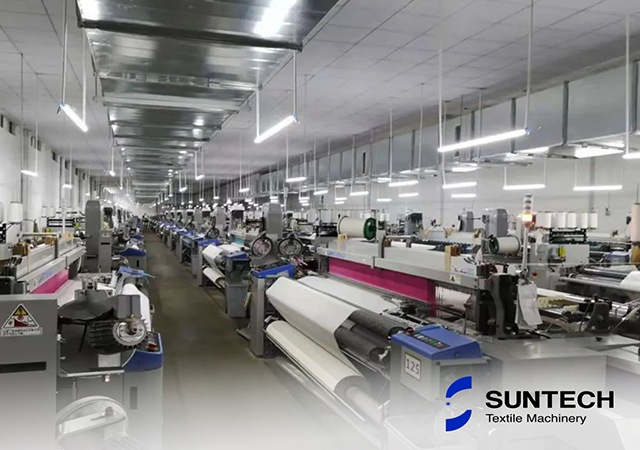Pakistan's textile and clothing sector saw modest growth of 0.93% in FY24, with exports rising to $16.55 billion from $16.50 billion the previous year. However, recent data suggests the sector is struggling to maintain competitiveness amid regional rivals due to stringent taxation measures.
Current Export Performance
In June 2024, textile and clothing export proceeds fell to $1.41 billion, marking a 3.91% decline from the same month last year and a 9.23% drop from May 2024. This decline underscores the challenges the industry faces, including high energy costs and the impact of new taxation policies.
Key performance indicators from the Pakistan Bureau of Statistics (PBS) reveal mixed results:
- Readymade Garments: Increased by 2.05% in value and 1.99% in quantity.
- Knitwear: Decreased by 0.66% in value but surged 41.44% in quantity.
- Bedwear: Grew by 4.12% in value and 15.27% in quantity.
- Towels: Rose by 5.55% in value and 14% in quantity.
- Cotton Cloth: Dropped by 7.72% in value but increased by 16.15% in quantity.
Challenges and Projections
Taxation Measures: The government's introduction of higher tax rates on exporters' personal income in the 2024-25 fiscal year is expected to further impact the sector. Former commerce minister Gohar Ejaz highlighted that despite a $25 billion installed capacity, textile exports have stagnated over the past two years. The sector's performance could suffer due to the highest-ever energy costs and new tax policies.
Machinery Imports: The import of textile machinery plummeted by 54.52% in FY24, indicating a lack of investment in expansion or modernization projects. This decline suggests that companies are hesitant to invest in new technologies amid economic uncertainties and rising operational costs.
Energy Costs: High energy costs are a significant burden, directly affecting the competitiveness of Pakistani textiles in the global market. The June 2024 export figures reflect this, with a noticeable decline attributed to energy expenses.

Strategic Recommendations
To navigate these challenges and enhance export performance for the rest of 2024, the following strategies should be considered:
Government Support: The government should offer competitive energy rates, tax rebates, and timely sales tax refunds to alleviate financial pressures on exporters.
Modernization and Innovation: Despite the decline in machinery imports, investing in modern, efficient, and innovative textile machinery is crucial. This can enhance productivity, reduce operational costs, and improve product quality.
Supply Chain Management: Adopting agile and resilient supply chain practices will help manage demand fluctuations, pricing dynamics, and geopolitical uncertainties. Proactive collaboration across the industry's value chain can foster innovative solutions and risk mitigation.
Sustainable Practices: Emphasizing sustainability can open new markets and improve the industry's global reputation. Stakeholders should commit to eco-friendly practices and address emerging environmental concerns.
Conclusion
As Pakistan's textile industry grapples with these challenges, maintaining competitiveness and resilience will require strategic adaptation. Stakeholders must stay vigilant of market trends and policy changes, invest in modernization, and seek government support to overcome fiscal hurdles. By fostering innovation and sustainable practices, the industry can strive for a more stable and prosperous future.
For textile machinery solutions, SUNTECH Textile Machinery offers a wide range of products designed to enhance productivity and efficiency in various textile processes. Their innovative approach and extensive experience make them a valuable partner for the industry.




